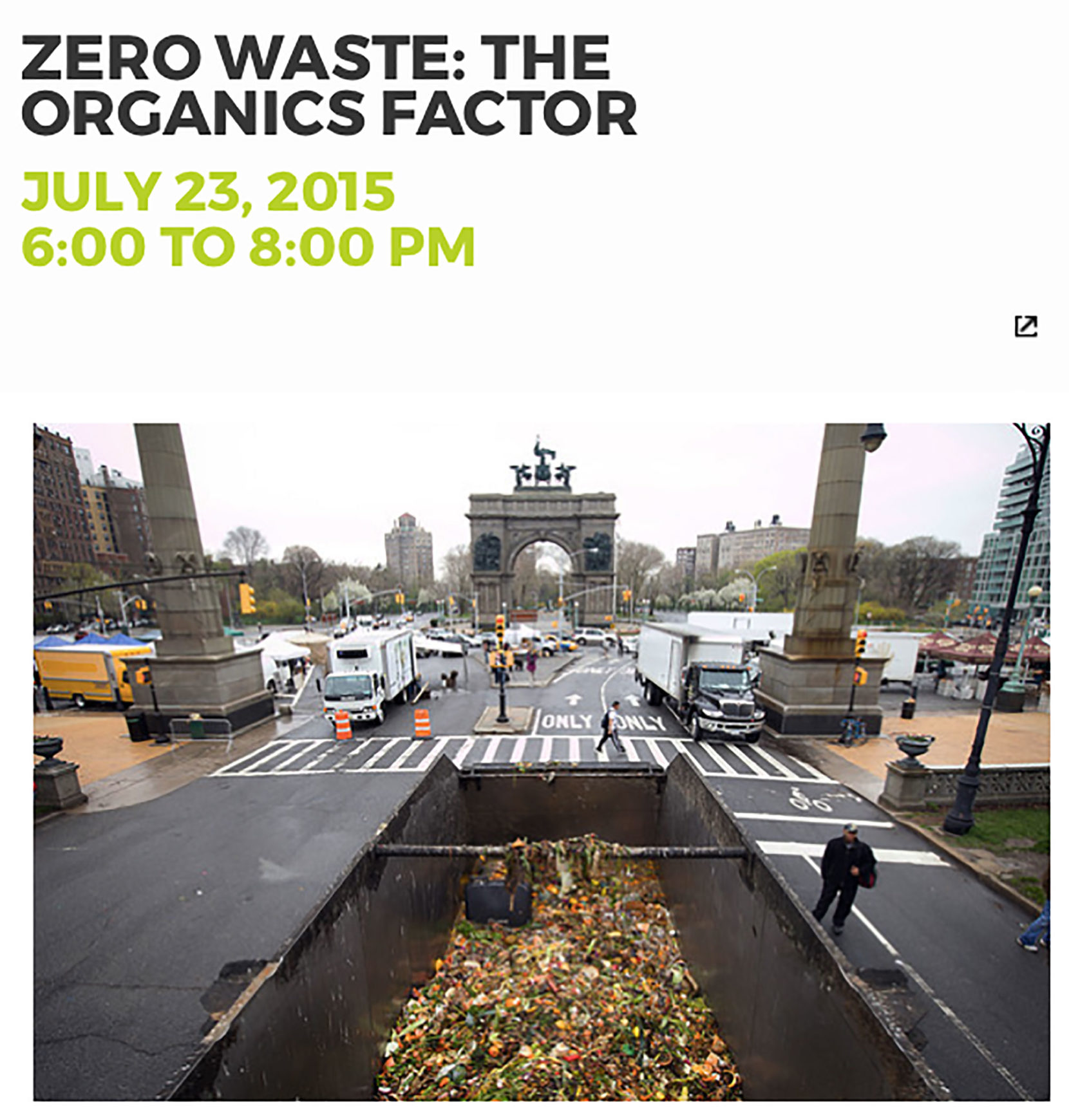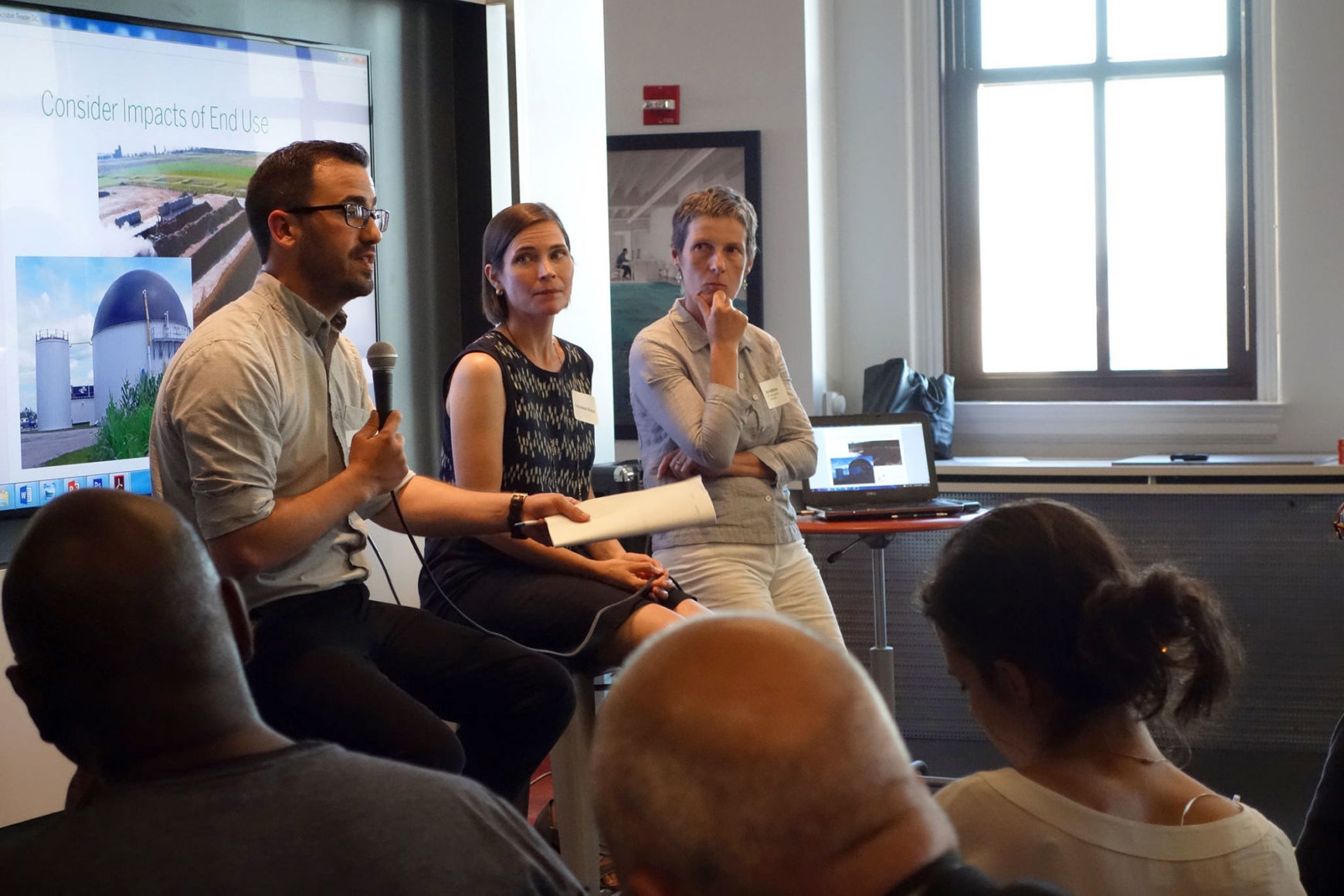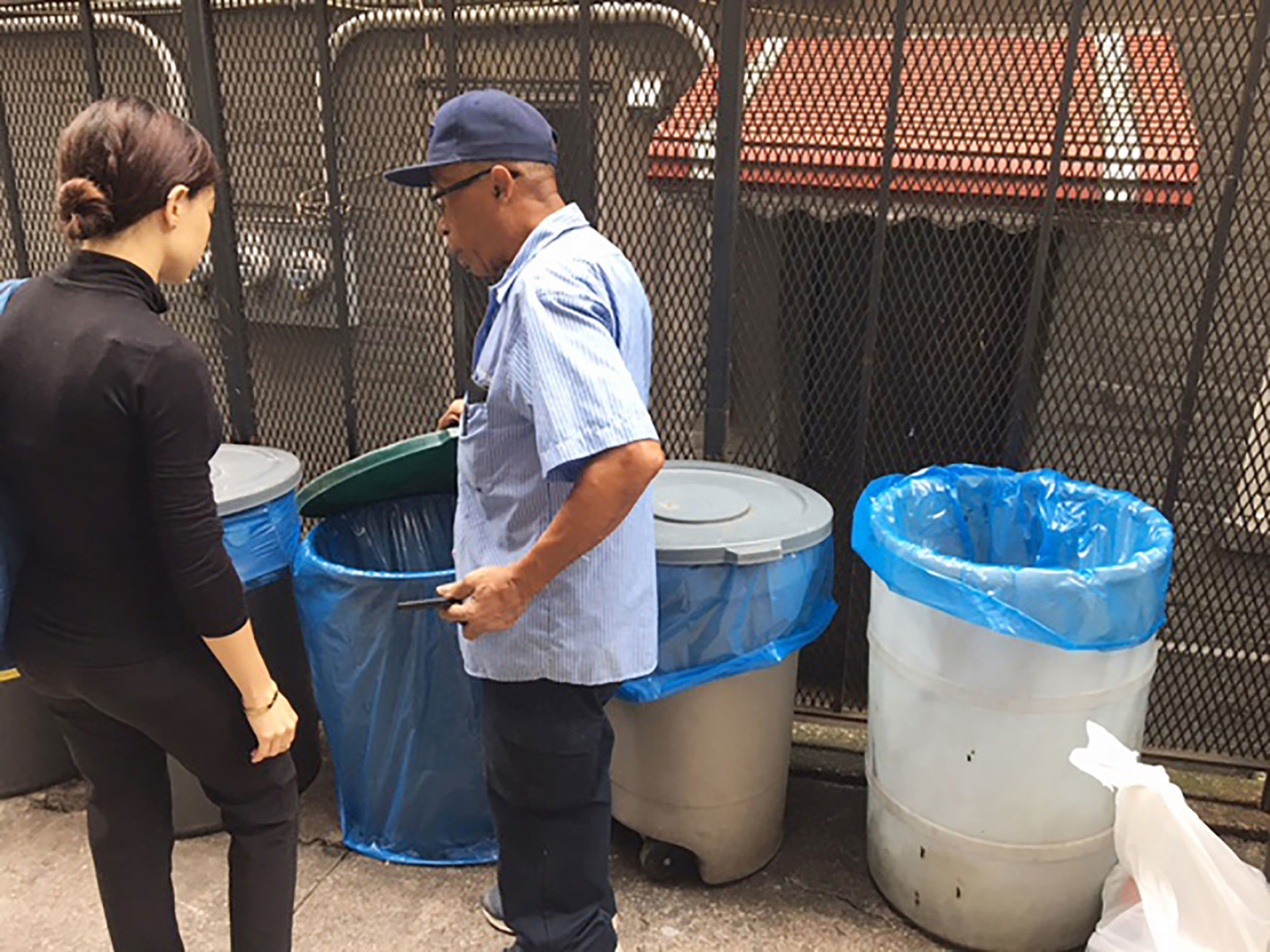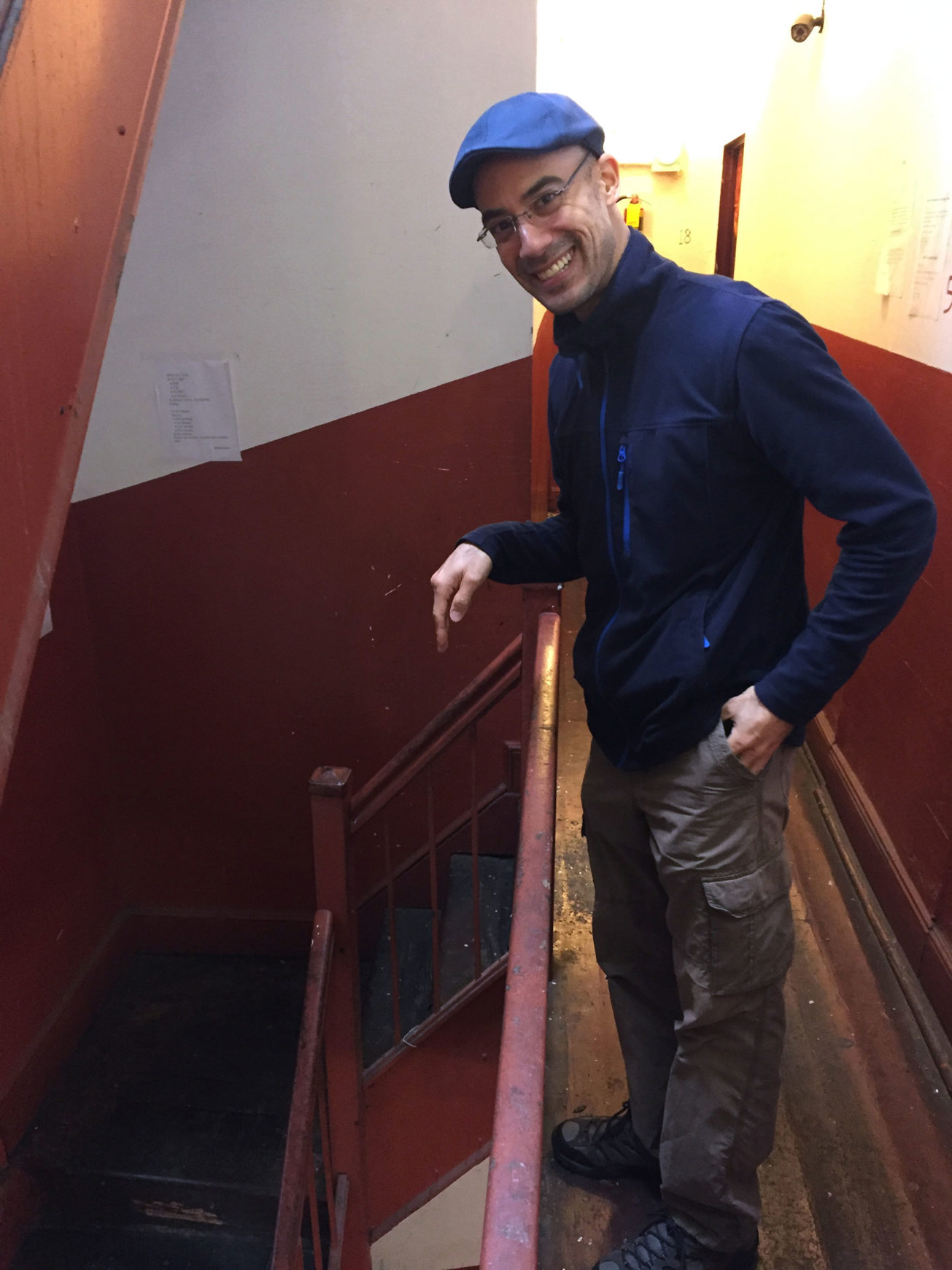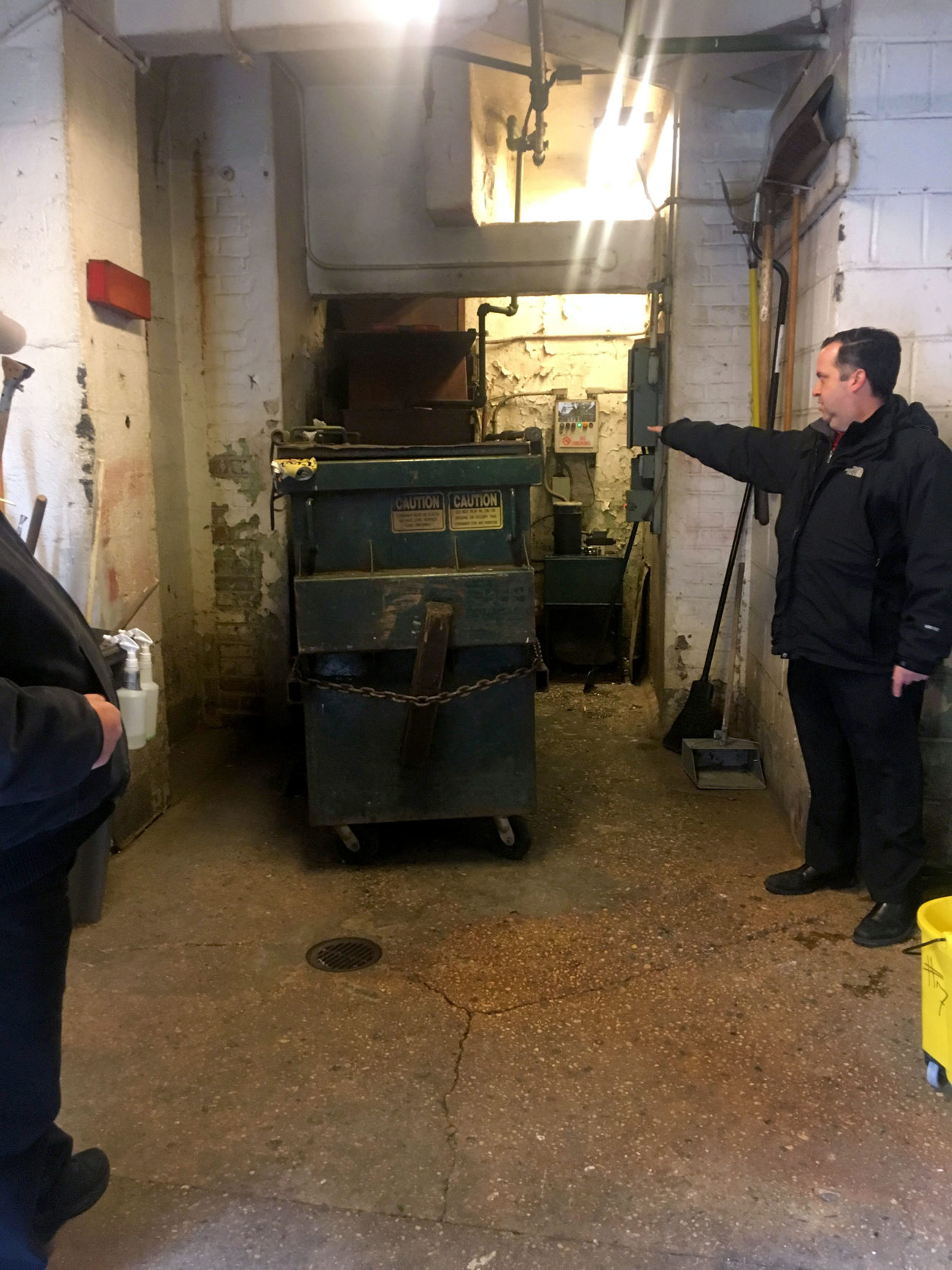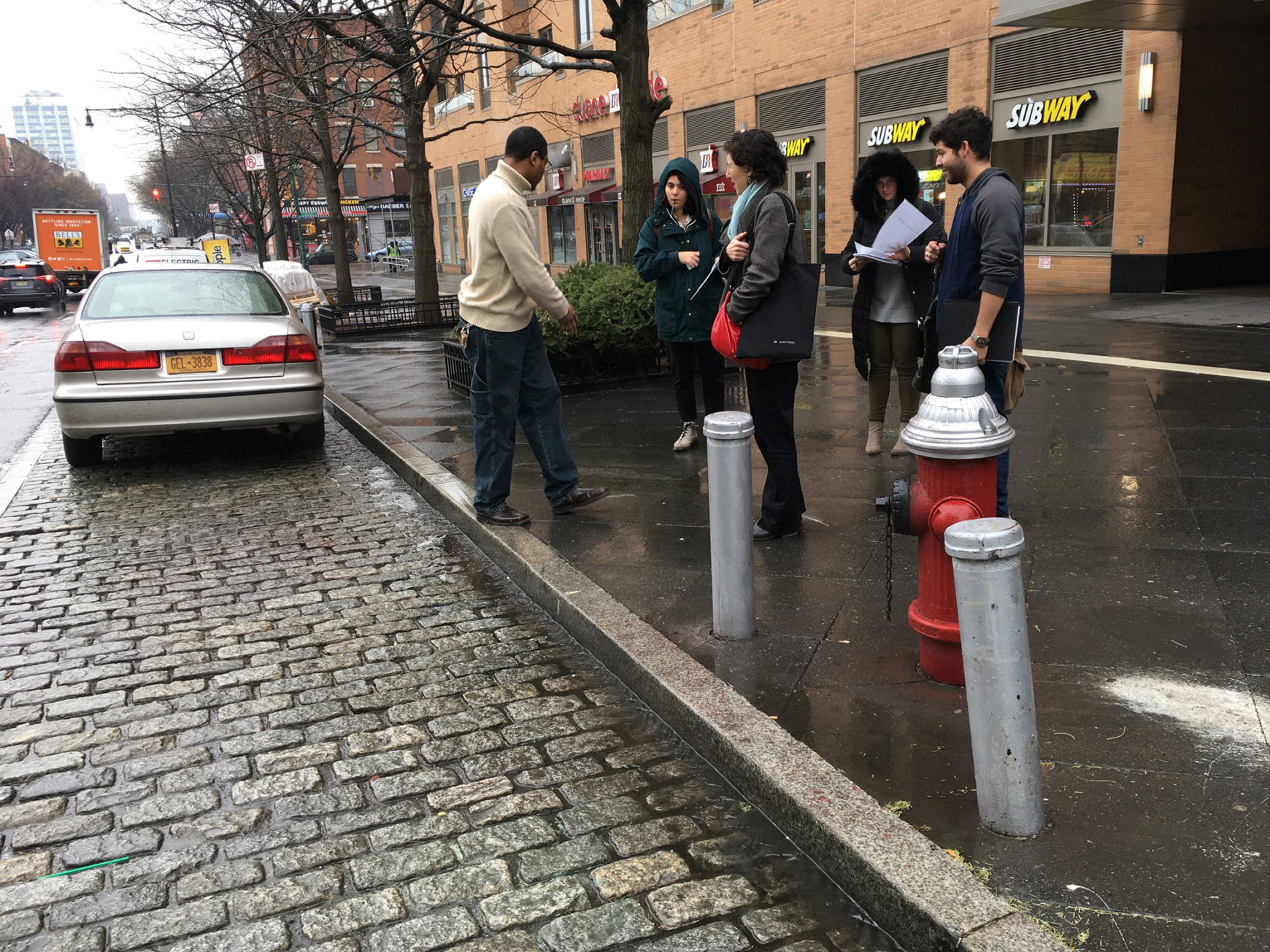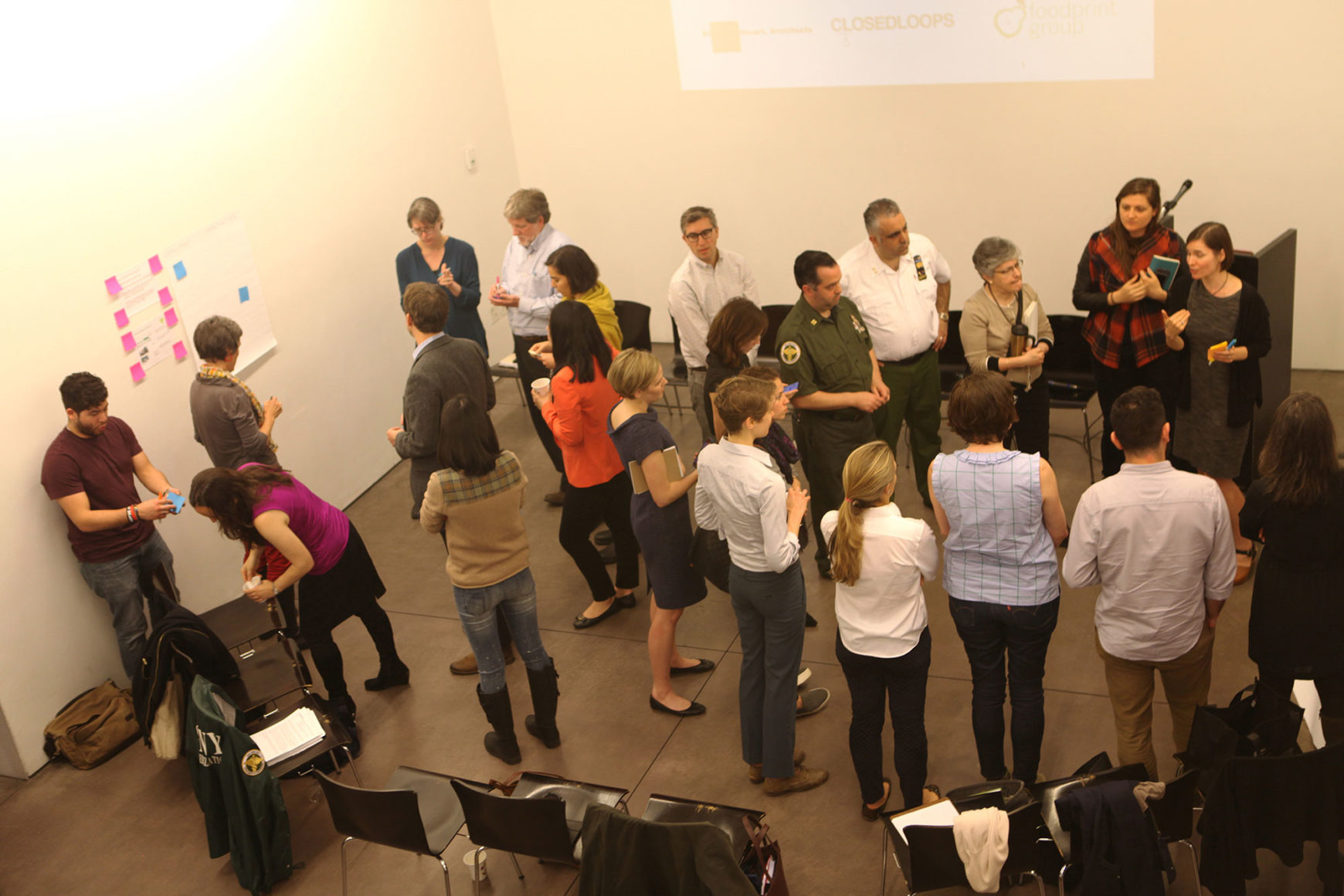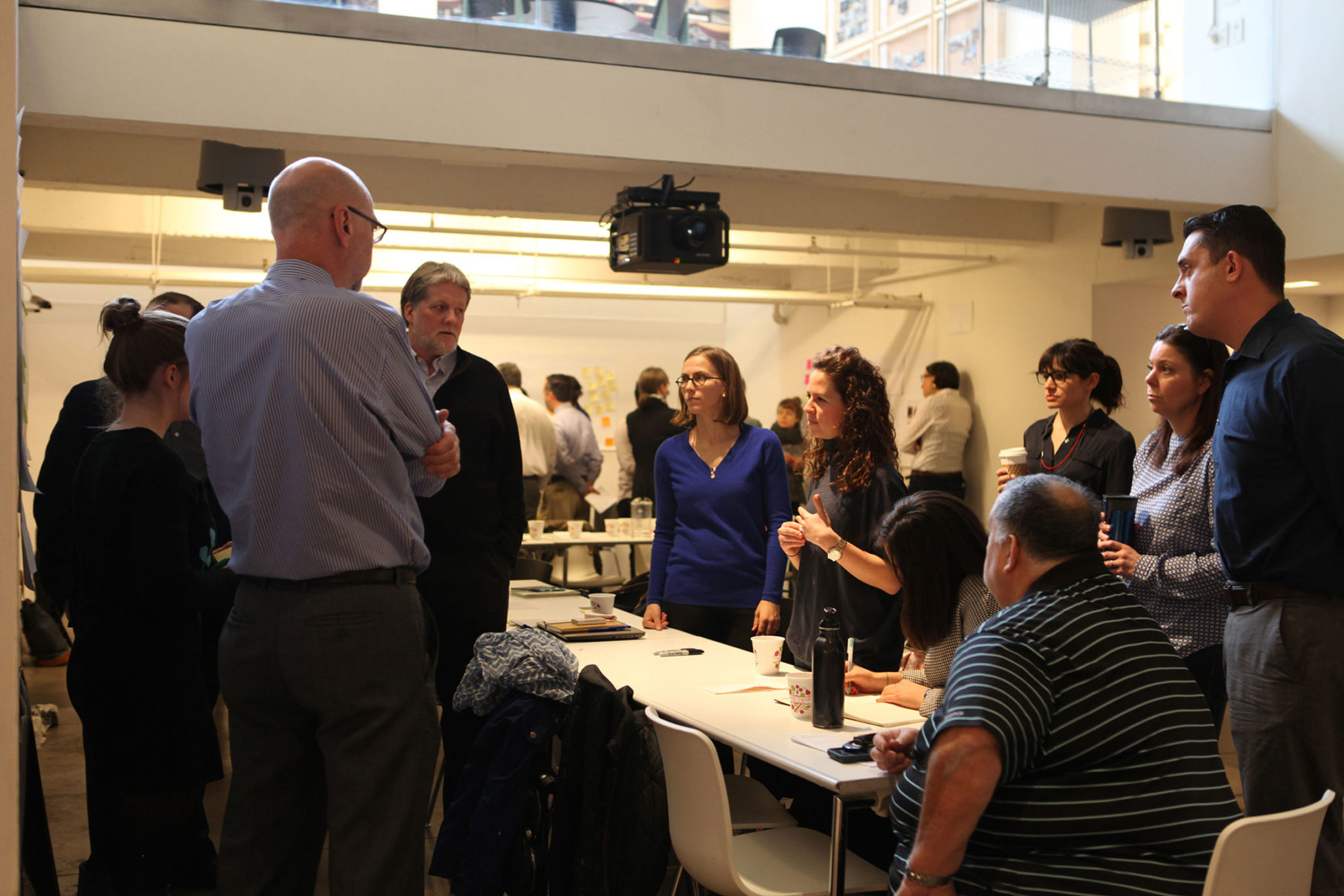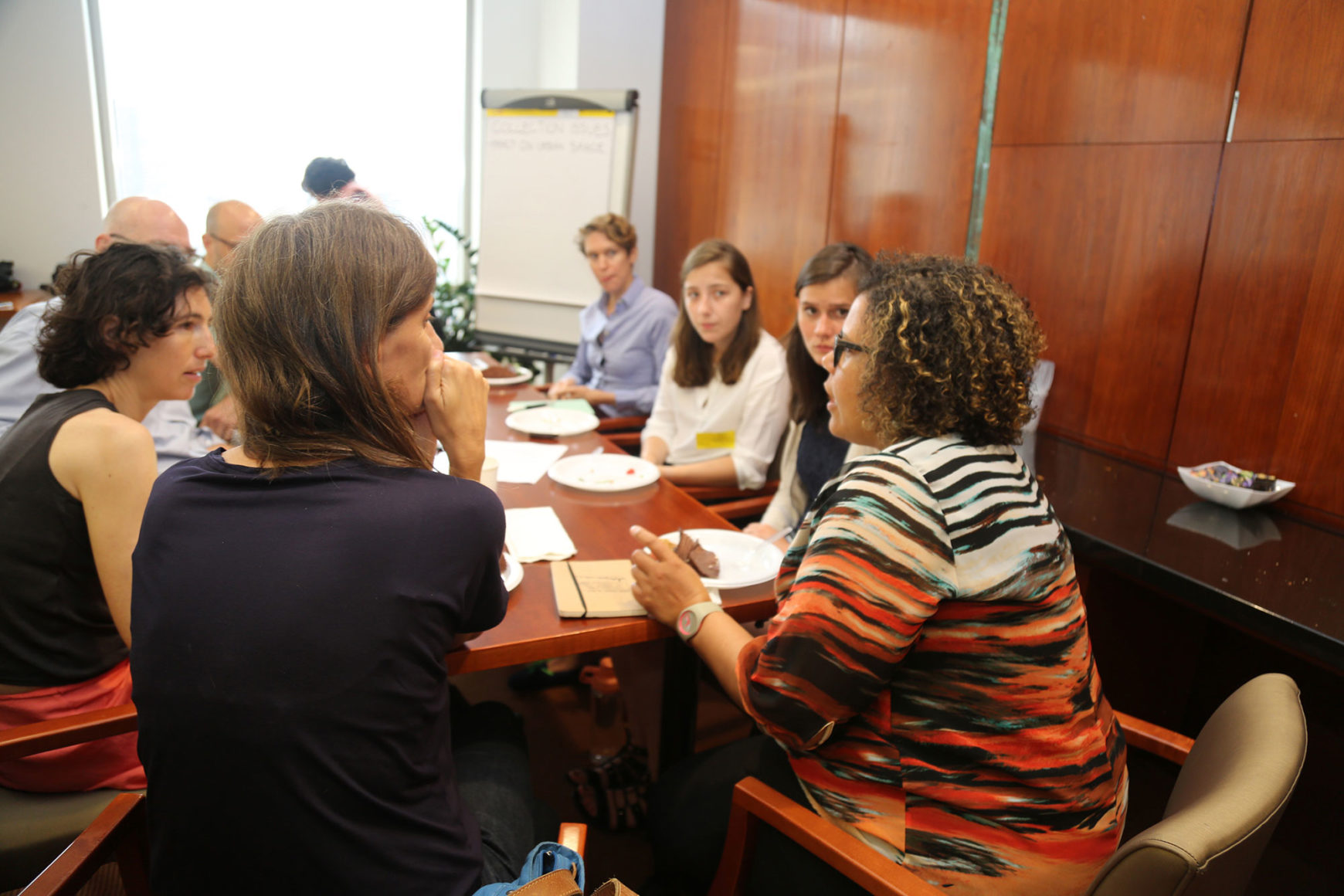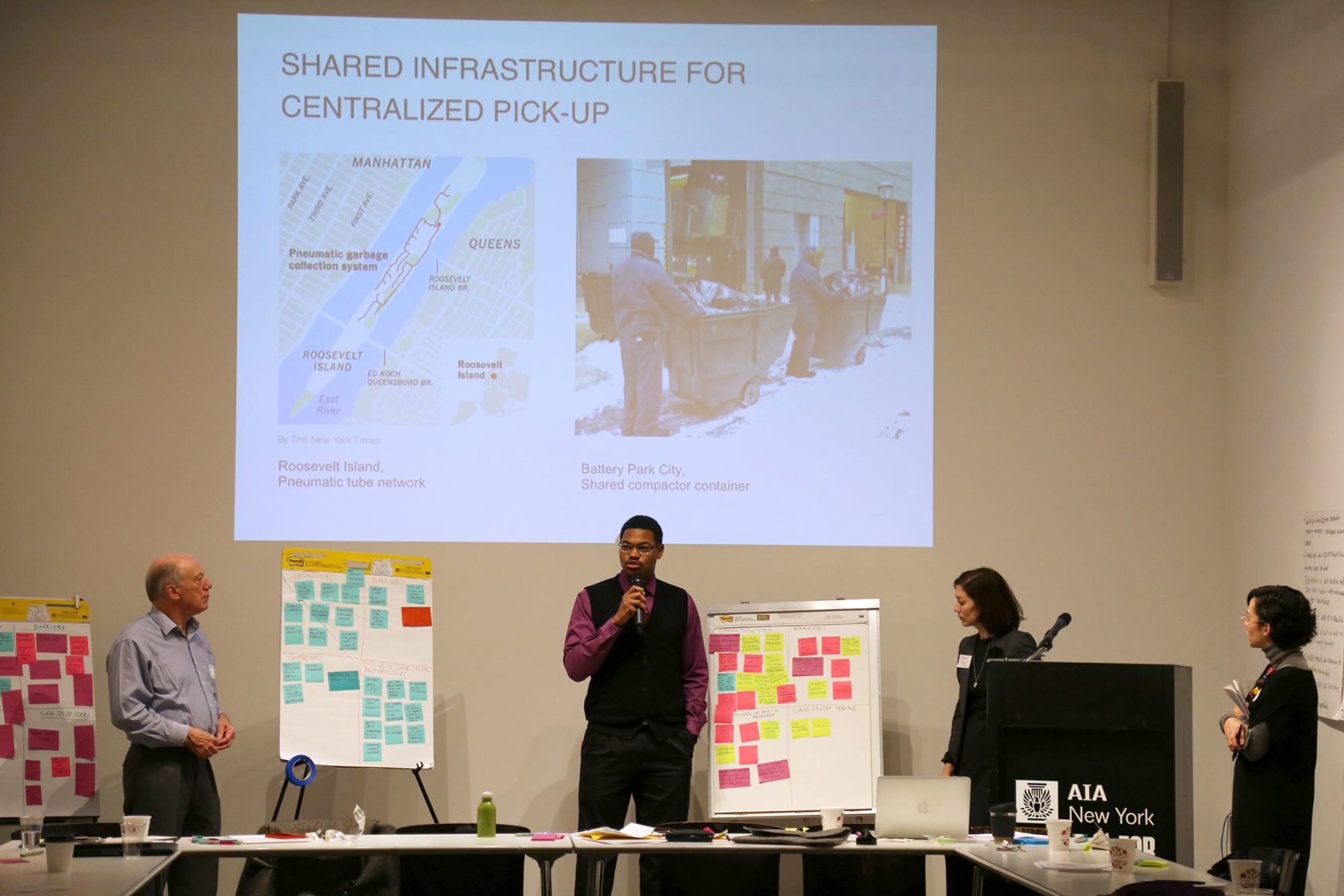About the Guidelines
Thanks
These recommendations would not have been possible without the involvement of the advisory committee—an expanding group of workshop attendees—and the maintenance staffs who patiently showed the team their buildings and explained how they manage the waste streams produced each day. The advisory committee included city agency representatives, developers, architects, engineers, building managers, waste management professionals, sustainability consultants and university researchers (see Appendix.)
The involvement of city agencies—especially the New York City Department of Sanitation (DSNY), along with the departments of City Planning (DCP) and Transportation (DOT) and the Mayor’s Office of Sustainability (MOS)—was essential. Representatives from the departments of Design and Construction (DDC), Health and Mental Hygiene (DOHMH) and Education (DOE) and the New York City Housing Authority (NYCHA) also attended our workshops and provided invaluable feedback. Other participating organizations include the Real Estate Board of New York (REBNY), Manhattan Solid Waste Advisory Board (M-SWAB), Urban Green Council (UGC) and Industrial Design Society of America’s NYC chapter (IDSANY).
How the Guidelines Came to Be
These guidelines grew from a question posed by Clare Miflin, architect at Kiss + Cathcart, Architects. While moderating an Urban Green panel on organics collection, she asked, “What can architects do to support organics collection in the buildings they design?” Panelists Christina Grace, CEO of Foodprint Group, and Brett Mons, then a senior program manager at DSNY, agreed the question was an excellent one.
- Urban Green Council panel on DSNY organics collection and implications for buildings
Recognizing the gap between the work on waste handling and the work on building design, Miflin organized three roundtable discussions through the American Institute of Architects (AIA) New York Committee on the Environment (COTE), with the help of its cochairs Pat Sapinsley and Ilana Judah. Representatives from DSNY attended these meetings, along with Foodprint Group’s Grace, architects Jeff Miles and Elaine Zimmer, Christina Grace, and Juliette Spertus and Ben Miller of ClosedLoops. The workshops generated a list of additional questions:
- How can materials best be moved through the building?
- Should we design our buildings with waste chutes?
- What should be done about cardboard?
- Can we avoid piling bags on the curb?
- Where can architects and developers get guidance on design requirements and recommendations for best managing waste?
- Building visits
The guideline development process entailed visits to more than 40 building sites and conversations with porters and supers so we could understand their buildings’ systems (see Appendix).
Six collaborative workshops were involved:
- Scope-setting advisory committee workshop
- Multifamily residential building workshop
- Commercial and institutional building workshop
- Collection and urban issues workshop, and panel moderated by ClosedLoops’ Miller, with Elizabeth Balkan, Joseph Marano and Anthony Ardolino of DSNY, Claudia Herasme of DCP, Michelle Craven of DOT and Mike Reali of Royal Carting
- Construction and demolition roundtable (organized with Eunomia) moderated by Cole Rosengren of WasteDive with Ilana Judah of FXFowle, Naomi Cooper of Coopertank, Amanda Kaminsky of Building Product Ecosystems and Dominic Hogg of Eunomia
- Guidelines review and implementation workshop, and panel moderated by Miflin, with Mark Chambers of MOS, Bridget Anderson of DSNY, Alison Novak of Hudson Companies, Stefan Knust of Ennead Architects and Grace
- Collaborative workshops
